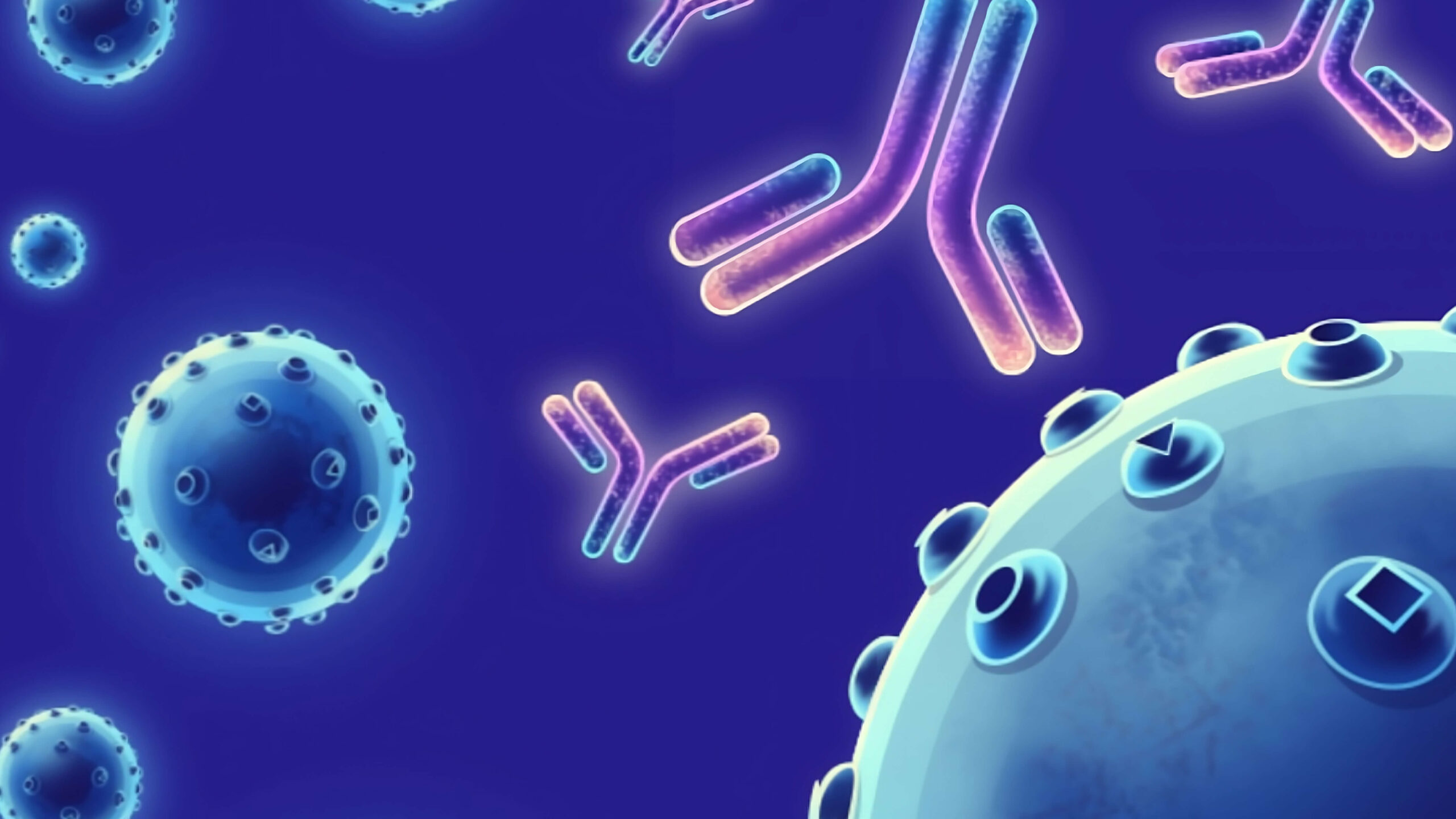Description
The insulin-like growth factor-1 receptor (IGF1R) is a transmembrane tyrosine kinase involved in several biological processes including cell proliferation, differentiation, DNA repair, and cell survival. This a disulfide-linked heterotetrameric transmembrane protein consisting of two α and two β subunits, and among which, the α subunit is extracellular while the β subunit has an extracellular domain, a transmembrane domain, and a cytoplasmic tyrosine kinase domain. The IGF1R signaling pathway is activated in the mammalian nervous system from the early developmental stages. Its major effect on developing neural cells is to promote their growth and survival. This pathway can integrate its action with signaling pathways of growth and morphogenetic factors that induce cell fate specification and selective expansion of specified neural cell subsets. Modulation of cell migration is another possible role that IGF1R activation may play in neurogenesis. In the mature brain, IGF-I binding sites have been found in different regions of the brain, and multiple reports confirmed a strong neuroprotective action of the IGF-IR against different pro-apoptotic insults. IGF1R is an important signaling molecule in cancer cells and plays an essential role in the establishment and maintenance of the transformed phenotype. Inhibition of IGF1R signaling thus appears to be a promising strategy to interfere with the growth and survival of cancer cells. IGF1R is frequently overexpressed by tumors and mediates proliferation and apoptosis protection. IGF signaling also influences hypoxia signaling, protease secretion, tumor cell motility, and adhesion, and thus can affect the propensity for invasion and metastasis. Therefore, IGF1R is now an attractive anti-cancer treatment target.
Target
IGF1R
Target Alias Name
IGF1R
Isotype/Mimetic
Rabbit IgG
Animal-Derived Biomaterials Used
No
Sequence Available
No
Original Discovery Method
Phage display technology
Antibody/Binder Origins
Animal-dependent discovery, post-2020, In vitro recombinant expression

